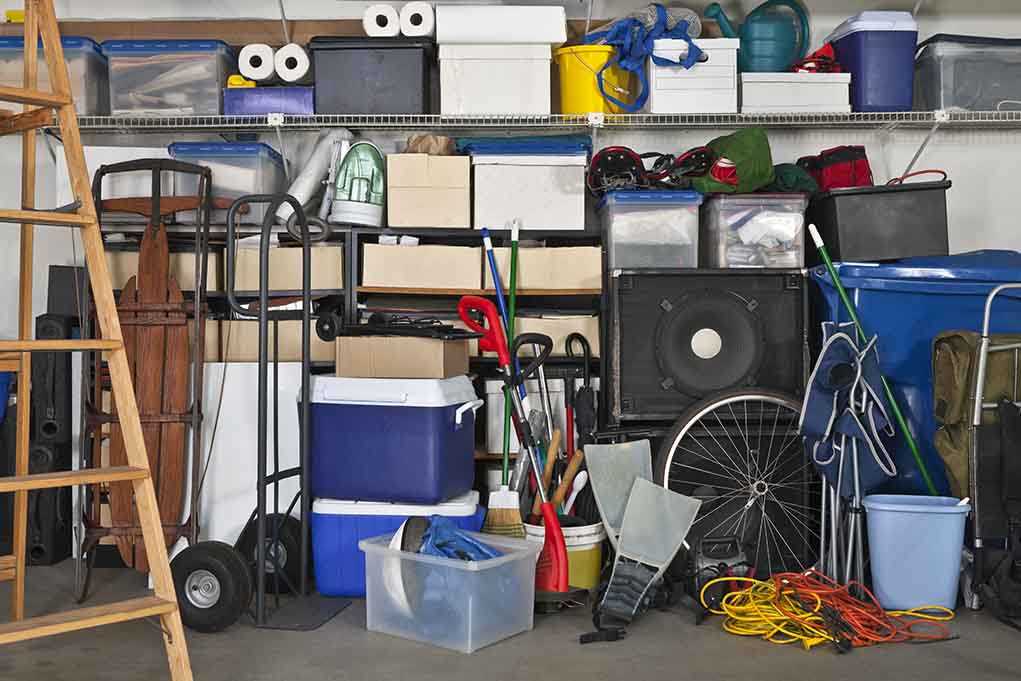
What if the family next door quietly built a bunker that could keep them alive for a year—would you call them paranoid or pioneers?
Story Snapshot
- Montana couple Carrie and Colton Smith transformed prepping from fringe to family mainstream after a national security scare.
- Their stash—designed to last a year—covers food, water, shelter, defense, and communication.
- Through social media, Carrie turns prepping into a movement, not a secret.
- Montana’s history of self-reliance meets 21st-century anxiety in their story.
How a Balloon Over Montana Sparked a Year of Prepping
When a Chinese surveillance balloon drifted over Montana in early 2023, it did more than rattle military radar: it jolted Carrie and Colton Smith into action. The Smiths, living in the windswept heart of rural Montana, didn’t wait for the next alert. Instead, they began stockpiling everything required for an off-grid year—an effort that quickly grew from a pragmatic project into a public crusade. Carrie, who soon amassed over a million online followers as @housewifeprepper, reframed prepping from dystopian paranoia to practical family care. Her message: prepping is just another form of responsible parenting, not a sign of impending doom. That message found fertile ground as headlines about war, supply chain chaos, and natural disasters made prepping feel less eccentric and more like common sense.
Montana’s landscape—wide, wild, and unforgiving—has always bred self-reliance. In the Cold War years, fallout shelters dotted the plains; after Y2K, generators and canned beans filled basements. The Smiths’ approach, however, is both modern and methodical. They broke their plan into five essentials: food, water, shelter, self-defense, and communication. Their supply runs weren’t just about beans and bullets but also included solar power, medical kits, and satellite radios. Unlike old-school preppers, they shared every step online, offering guides and checklists to a growing digital community. The effect was contagious: what started as a personal safeguard became a movement as neighbors and strangers alike began asking, “What should I stockpile?”
Prepping in the Digital Age: From Secret Bunkers to Social Media
Gone are the days when survivalists kept their plans hush-hush. Carrie and Colton’s openness turned prepping into a kind of insurance policy anyone could buy into—no tinfoil hats required. Carrie’s TikTok and Instagram posts demystified the process, swapping fear for empowerment. Her followers, many of them parents or rural dwellers, saw prepping as less about doomsday and more about disaster readiness. Each post broke down overwhelming scenarios into bite-sized, achievable steps: how to purify water, rotate food stores, or create a neighborhood support network. The Smiths’ willingness to answer questions and share their mistakes made the concept approachable, fueling a sense of solidarity rather than suspicion. Media outlets, drawn by the couple’s charisma and methodical detail, amplified their story, further normalizing the prepping mindset.
The Smiths’ journey reflects a broader cultural shift. In Montana, where the land itself demands resourcefulness, prepping feels like a logical extension of pioneer tradition. Academic historians note that rural Montanans have long weathered booms and busts by trusting in their own hands and their own pantries. The Smiths simply updated that legacy for a world where threats now come as much from cyberspace or supply chains as from winter blizzards. Their public-facing approach challenges old stereotypes, showing that prepping can be about community, not just isolation. The Smiths even expanded their preparations beyond their home, building support networks and secondary supply caches with like-minded friends and neighbors.
The Ripple Effect: Normalizing Prepping for the Mainstream
As the Smiths’ following grew, so did the influence of their philosophy. Emergency preparedness suppliers saw a surge in demand, and survival gear began to trend alongside home improvement staples. What once seemed eccentric—stashing a year’s worth of food, learning to filter river water, training in first aid—suddenly became aspirational. The Smiths’ approach resonated especially with those who had lived through recent disasters, from wildfires to pandemic lockdowns. Their story encouraged a practical, measured approach: prepping is not about panic but about prudence.
Emergency management experts, observing the Smiths’ rise, acknowledged the benefits of broader preparedness but cautioned against spiraling into fear-driven stockpiling. They advocated for community-wide resilience over extreme individualism. Academics studying Montana’s rural culture saw the Smiths as part of a long tradition of adapting to uncertainty, blending old-fashioned self-reliance with new tools and networks. The Smiths, for their part, continued to stress that prepping is for everyone—not just those anticipating the apocalypse, but anyone who’s ever faced a job loss, a power outage, or a storm that knocked out the grid. Their message: hope for the best, prepare for the rest.
Sources:
ScholarWorks Montana State University – Desperation, Resentment, and Rebellion in Rural Montana
Montana The Magazine of Western History













